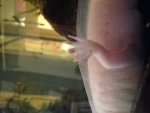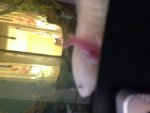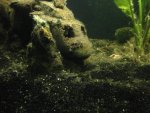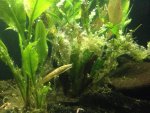anonymousaxolol
New member
- Joined
- Jan 6, 2015
- Messages
- 47
- Reaction score
- 0
- Points
- 0
- Country
- Canada
Hello Fellow Enthusiasts.
I have recently purchased an aquarium water testing kit as my waxy was looking a little off and I have thread algae growing in my tank. My water parameters are as such:
pH: 7.2
Ammonia:0.1 mg/L
Nitrite:<.1 mg./L
Nitrate: 20 mg/l
Water Temp is 19.5 celsius or 67 fahrenheit
I am about to do a water change.
Also, my axolotl's toes look a bit off. I will post a photo underneath


I am also looking for help with my thread algae issue. Currently, I have feeder guppies in there for food and to try to clean up the thread algae. I also have an apple snail. Any tips would be great.


Anonymous Axolol
I have recently purchased an aquarium water testing kit as my waxy was looking a little off and I have thread algae growing in my tank. My water parameters are as such:
pH: 7.2
Ammonia:0.1 mg/L
Nitrite:<.1 mg./L
Nitrate: 20 mg/l
Water Temp is 19.5 celsius or 67 fahrenheit
I am about to do a water change.
Also, my axolotl's toes look a bit off. I will post a photo underneath


I am also looking for help with my thread algae issue. Currently, I have feeder guppies in there for food and to try to clean up the thread algae. I also have an apple snail. Any tips would be great.


Anonymous Axolol
